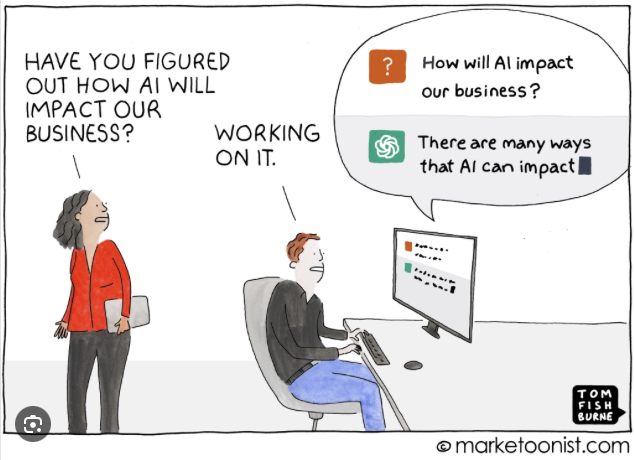Large language models (LLMs) are a type of artificial intelligence (AI) that have been trained on vast amounts of text data. This allows them to understand existing content and generate original content. LLMs are becoming increasingly popular, and there are a number of trends emerging in the field. Users should beware that LLMs can be biased to the data they were trained on.

One trend is the increasing size of LLMs. The first LLMs were relatively small, but they have been growing in size ever since. The current generation of LLMs, such as OpenAI’s GPT-4 and Google’s PaLM2, are orders of magnitude larger than their predecessors. This increased size allows them to learn more complex patterns in the text data, which leads to better performance. This isn’t slowing down anytime soon.
A prevailing trend in the field of language models is the growing emphasis on multimodal LLMs. These advanced models possess the ability to comprehend not just textual information but also various other data modalities, including images and audio. This heightened versatility enables them to find application in a broader spectrum of use-cases. Despite this escalating trend, the predominant majority of LLMs remain primarily text-based. Integrating images and audio into language models demands significantly more sophisticated and potent systems for training and generative capabilities.
Finally, there is a growing interest in the ethical implications of LLMs. As these models become more powerful, it is important to consider how they can be used responsibly. For example, it is important to ensure that LLMs are not used to generate harmful or misleading content. Since they are trained using human created content, they take on the bias of the authors. It will be interesting to see how this is handled in the future. One person’s fact is another person’s opinion.
I see a future where LLMs are built and training data is tagged as opinion/fact and incorporated in different ways.
Here are some business cases for LLMs:
- Content generation: LLMs can be used to generate a wide variety of content, including blog posts, articles, product descriptions, and marketing materials. This can help businesses to save time and money, and to produce higher-quality content.
- Customer service: LLMs can be used to answer customer questions, provide support, and resolve issues. This can help businesses to improve customer satisfaction and reduce the cost of customer service.
- Research and development: LLMs can be used to conduct research, analyze data, and generate new ideas. This can help businesses to stay ahead of the competition and to develop new products and services. This is applicable to medical testing, simulations that employ chance related scenarios, etc.
- Fraud detection: LLMs can be used to detect fraudulent activity, such as credit card fraud and insurance fraud. This can help businesses to protect their customers and their bottom line.
These are just a few of the business cases for LLMs. As this field continues to develop, we can expect to see even more innovative and groundbreaking uses for these models.
Here are some additional components of LLMs:
- Tokenization: This process breaks down the input text into tokens, which are individual words or phrases. This is the base that LLMs are built on. Lots of innovation left in this space.
- Word embedding: This process assigns a numerical representation to each token. This representation captures the meaning of the token and its relationship to other tokens.
- Attention: This mechanism allows the model to focus on specific parts of the input text. This is important for understanding the context of the text and for generating relevant output.
- Training: LLMs are trained on massive datasets of text data. This training process allows the model to learn the patterns in the text data and to generate realistic and informative output.
LLMs are a powerful new technology with a wide range of potential applications. As they continue to develop, we can expect to see even more innovative and valuable uses for these models.
Check out some of my other blog articles.





